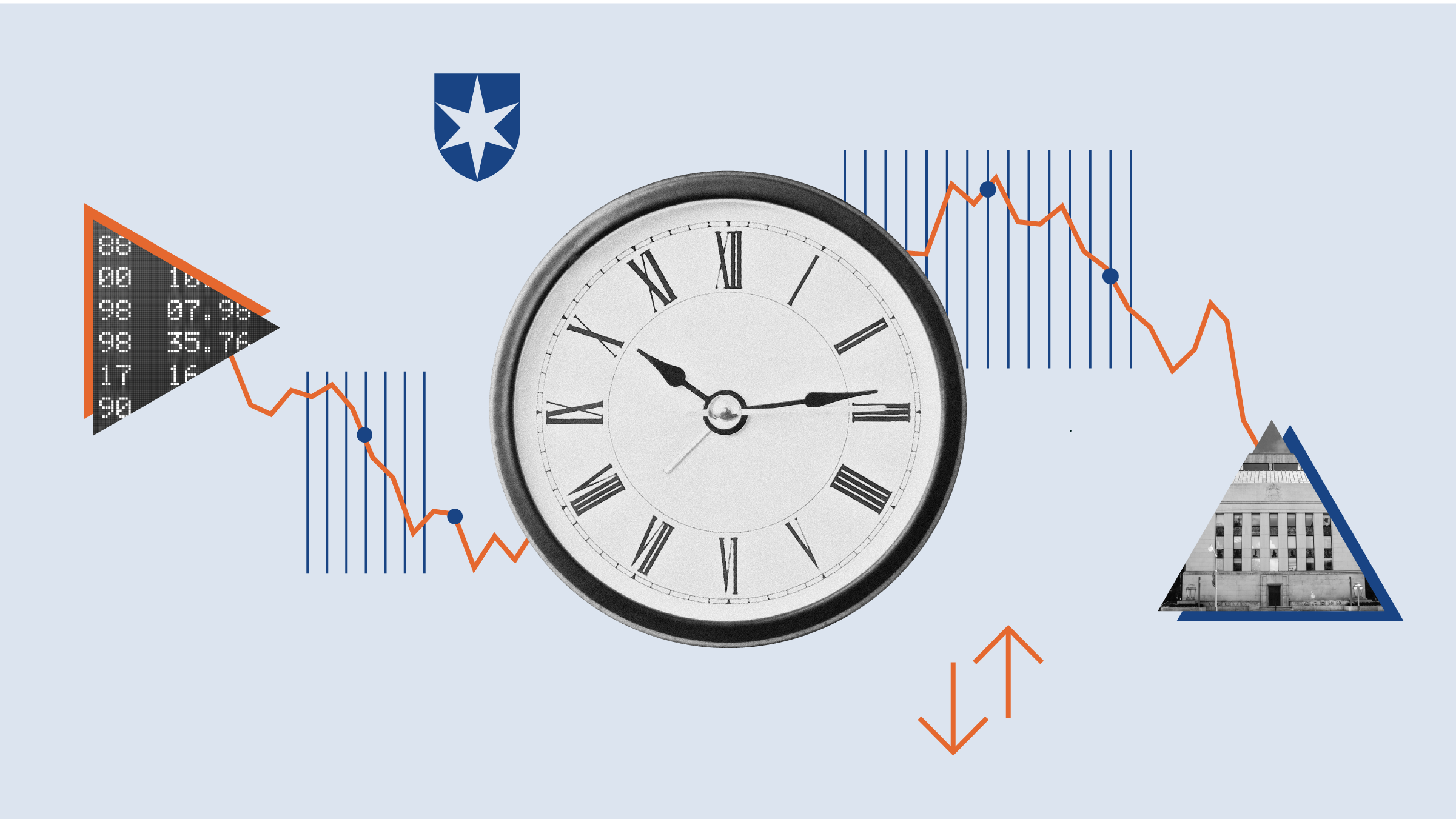Many Canadians are familiar with mutual funds and exchange-traded funds. Less well known is another investment product: segregated funds. Yet these funds, sponsored by life-insurance companies, have a substantial presence in Canada.
At the end of October, net assets held in seg funds stood at $119.9 billion, and year-to-date gross sales were $11.2 billion, according to Strategic Insight's November 2017 Insurance Advisory Service Report. When the various purchase options are included, there are more than 8,400 seg funds listed in the Morningstar fund database.
Clearly, a significant number of investors find merit in seg funds, which are essentially mutual funds wrapped up in insurance-policy contracts. The insurance features and several non-investment attributes are the main reasons that investors buy these funds.
Here's what policy-holders and beneficiaries can expect from seg funds:
- The maturity guarantee provides that no matter how the underlying investments have performed, a specified percentage of the initial investment (at least 75% and up to 100%) will be paid to the named beneficiary when the insurance contract matures.
- The death benefit provides for similar payout guarantees in the event of the death of the policy-holder.
- The contract value of a deceased policy-holder is paid directly to a named beneficiary without going through probate, a court process to validate the will and the executor's authority. Hence, the estate avoids paying probate fees which can be substantial depending on the province, and beneficiaries have faster access to their inheritance. Also, privacy can be maintained because seg-fund proceeds are not part of a probated will, which is a public record.
- Seg funds may provide protection from creditors in the event of bankruptcy or lawsuits. Business owners and professionals may want this feature to protect their personal assets, particularly funds not held in registered retirement accounts. Those considering seg funds for registered retirement accounts, due to the creditor-protection provisions, should confirm that such coverage is not already in place under federal and provincial law.
- A reset guarantee may be available to lock in increases in the value of the investment. In defined circumstances, the guaranteed amount in the contract is reset to the fund's current market value, and the maturity date is also reset.
- Some seg funds offer a guaranteed minimum withdrawal benefit (GMWB), at an extra cost, which guarantees a minimum income over a specified period, with the starting date chosen by the purchaser.
- If the insurance company issuing the seg-fund policy should fail, up to $60,000 or 85% of the death and maturity guaranteed amounts, whichever is higher, is covered by Assuris, the insurance industry's investor-protection fund.
Seg funds are available with various combinations of insurance guarantees. For example, Manulife Investments offers three different levels of guarantees:
- 75/75. Guaranteed payout of at least 75% of the principal at maturity and at death. Contract duration is 10 years.
- 75/100. Guaranteed payout of at least 75% of the principal at maturity and 100% at death. Contract duration is 10 years.
- 100/100. Guaranteed payout of at least 100% of the principal at maturity and at death. Contracts are for 15 years.
The seg-fund policy-holder's age could limit purchase eligibility and the amount guaranteed. For Manulife seg funds, the latest age to buy is 85 or 90, depending on the series. The 100% death benefit guarantee decreases to 75% if the fund buyer is 80 years of age or older at the time of making the first contribution or premium.
As well as deciding on the insurance features, a seg-fund buyer must select the mutual fund on which the seg fund is based. The choice of funds available is typically broad. Funds held in the same contract can normally be switched without cost. Equitable Life, for example, offers 34 segregated funds from six distinct fund managers. The lineup includes money market, fixed income, bond, equity, balanced and asset-allocation strategies for various risk profiles.
Segregated funds are insurance policies, so they are governed by provincial insurance regulators. Only licensed life insurance agents can sell seg funds. Sales-agent oversight and investor disclosure are currently not as robust as the client relationship model (CRM) rules for mutual funds, although rule changes are in the works.
The benefits of seg funds may be attractive, but they come at a cost that lowers returns compared to mutual funds. Investors must decide if the insurance features are worth the price.
For example, almost all the balanced funds in Manulife's Ideal Signature Select series have management-expense ratios exceeding 3%. Equitable Life's Pivotal Select series of equity funds have MERs between 2.64 and 3.18%. By way of reference, Morningstar's 2017 Global Fund Investor Experience Study found that, in Canada, the median MER for an allocation (balanced) fund is 2.02% and for an equity fund, 2.23%. (This does not include front-end loads or redemption fees that may also be applicable, depending on what purchase option you choose.) There are, of course, many much cheaper alternatives within the mutual-fund universe, and especially among ETFs.
The cost of the maturity guarantee should be weighed against the risk of losing the original capital by the end of the insurance contract. Over the 10- or 15-year time frame of the typical contract, the risk of loss is very low. Also, seg funds are not suitable for investors who may need to redeem before the maturity date, since maturity guarantees do not apply to early withdrawals.
As for the death benefit, there's a greater possibility that beneficiaries will receive payouts, especially if the seg-fund holder is elderly. Even so, the value of the death benefit should be weighed against the volatility of the underlying investments. This guarantee may be of little real value for seg funds whose returns are based on lower-risk investments such as high-quality, short-term bonds.
"The real value of seg funds is as an estate-planning tool," says independent insurance advisor Rino Racanelli, whose website is www.backtobackannuities.com. "Seg-fund clients are typically seniors who want to guarantee the amount of money left to their beneficiaries and avoid probate fees."
Interested in learning more about seg funds? A good source of basic information is Key Facts about Segregated Fund Contracts from the trade association for the Canadian life and health insurance industry. Seg funds are complicated financial products. Given the wide choice of suppliers, features, benefits and purchase options, educating yourself before you buy is essential.















